Page 1 of 1
Limenitis chrysalides (continuation)
Posted: Thu May 23, 2024 4:47 am
by lamprima2
A while ago, I posted a question on the possible function of
a flipper-like outgrowth on the base of the abdomen of Limenitis lorquini
chrysalides. Since then, the leps have eclosed. Both sexes have a cluster
of elongated setae on the base of the abdomen, corresponding to that flipper-like
structure of a chrysalis. Any thoughts about the possible function of these setae?
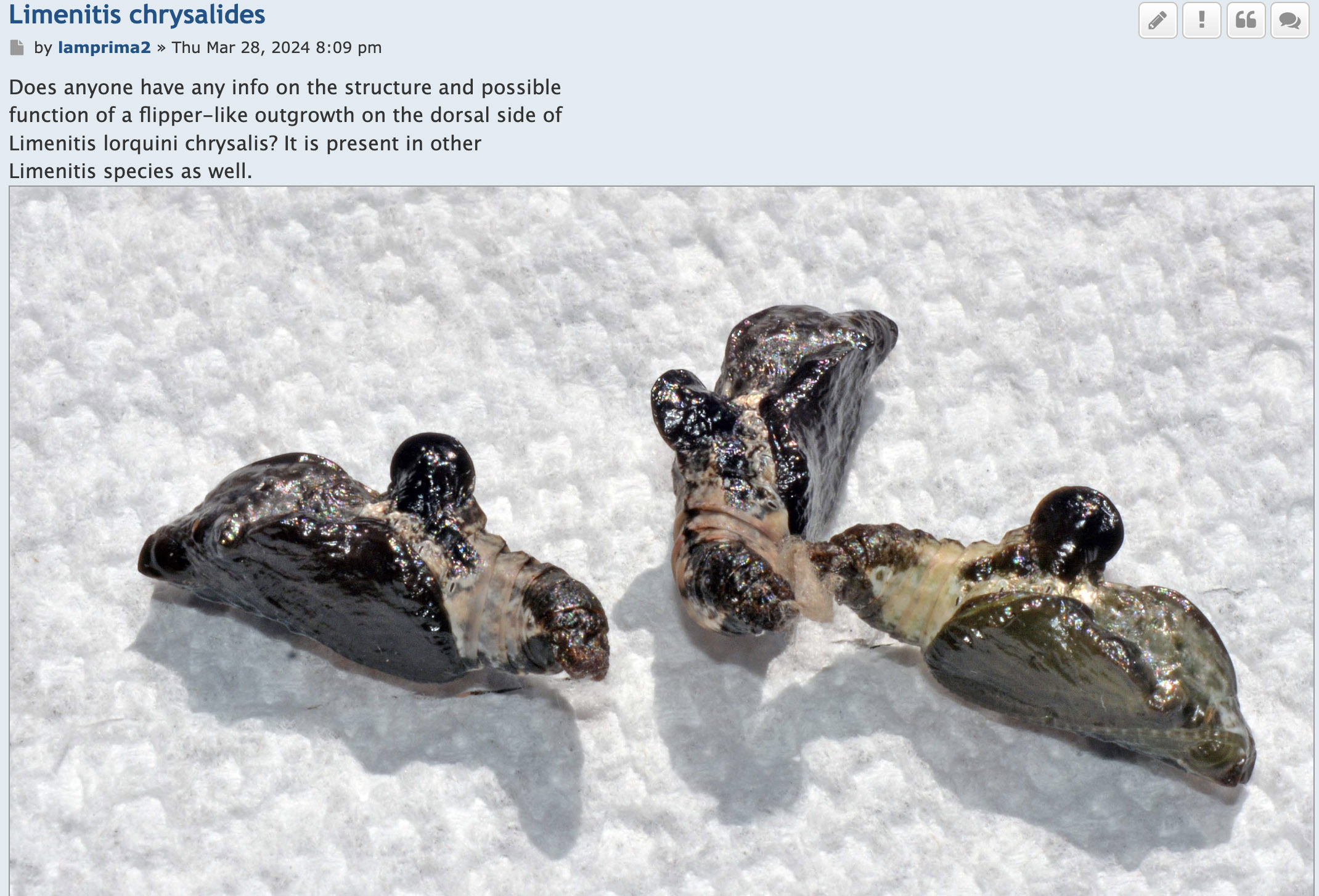
- L. lorquini previous post.jpg (497.67 KiB) Viewed 812 times
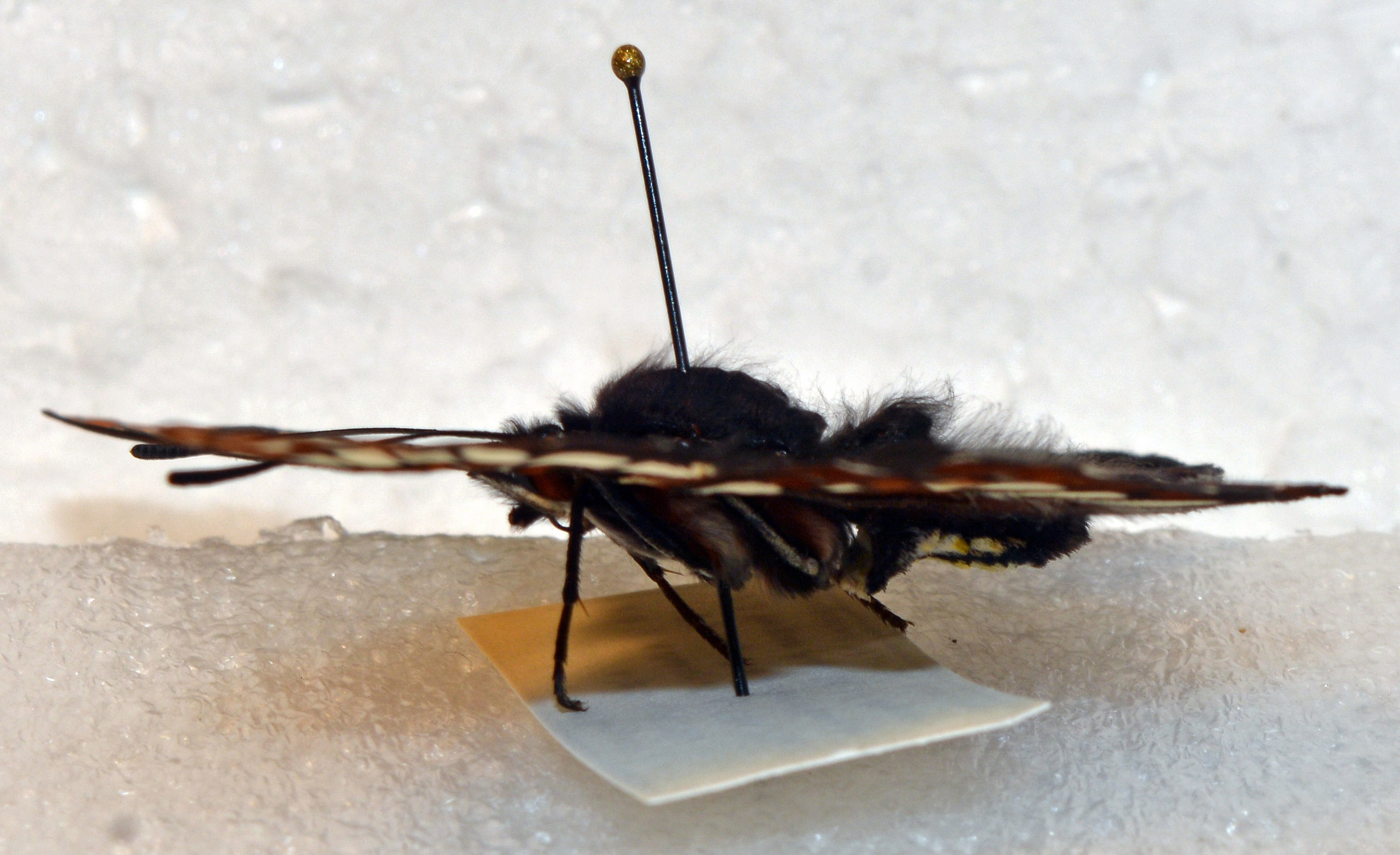
- DSC_7689 F. IN. jpg..jpg (545.01 KiB) Viewed 812 times
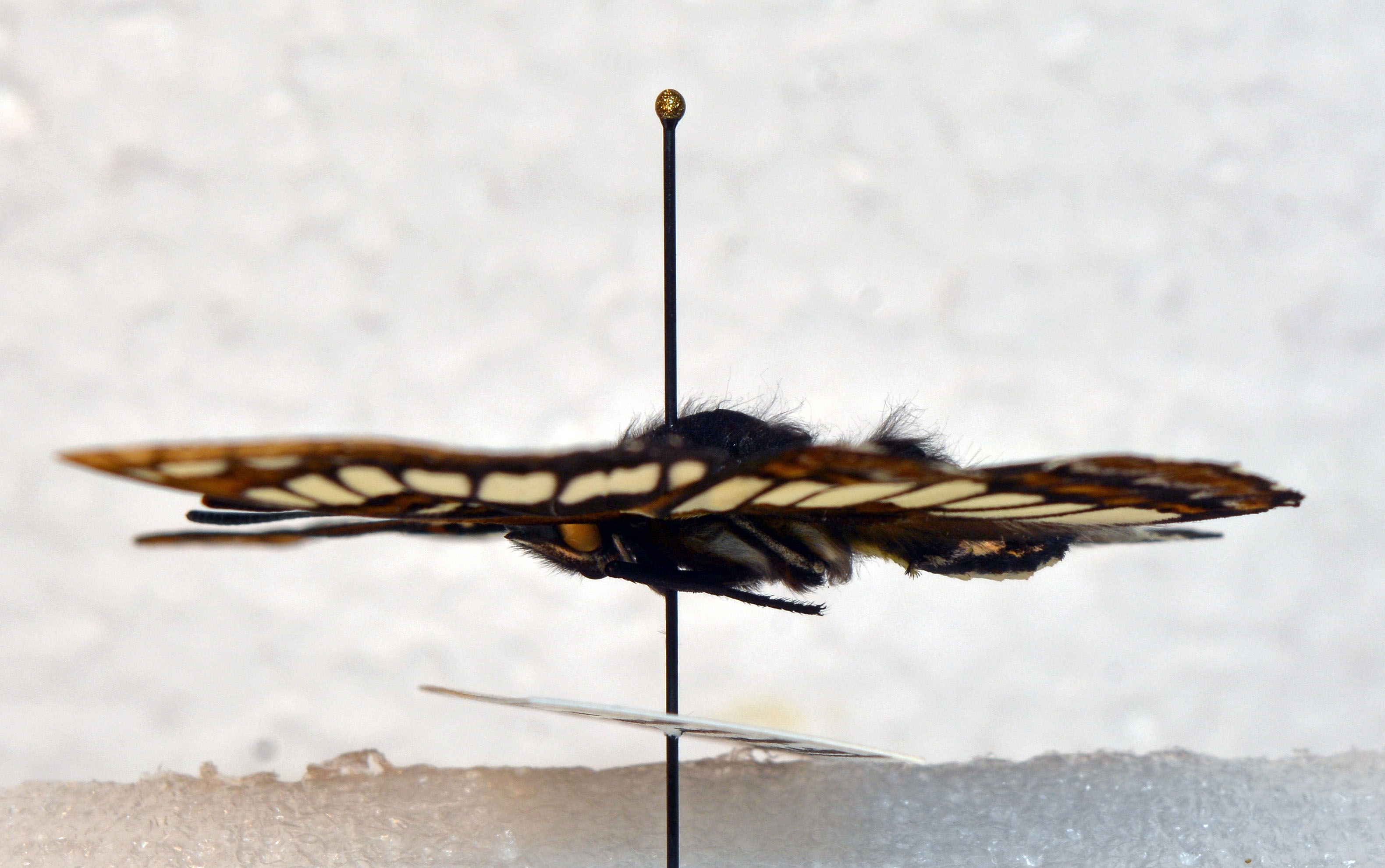
- DSC_7720 M. IN. jpg.jpg (540.89 KiB) Viewed 812 times
Re: Limenitis chrysalides (continuation)
Posted: Thu May 23, 2024 11:27 am
by Chuck
And nobody has ever noticed this???
Re: Limenitis chrysalides (continuation)
Posted: Thu May 23, 2024 2:48 pm
by adamcotton
Interesting. Presumably this 'hump' occurs in both sexes, if so it is not androconial.
Adam.
Re: Limenitis chrysalides (continuation)
Posted: Thu May 23, 2024 3:49 pm
by bobw
Yes Adam, both sexes ... and I believe in all Limenitis, certainly in the 4 or 5 species I've reared.
Re: Limenitis chrysalides (continuation)
Posted: Thu May 23, 2024 5:18 pm
by Chuck
Liminetis arthemis pupae also have this, anyone have adults handy to look at/ photo?
Re: Limenitis chrysalides (continuation)
Posted: Thu May 23, 2024 5:40 pm
by adamcotton
Igarashi & Fukuda (2000 - The Life Histories of Asian Butterflies vol. 2) illustrate pupae of several Asian Limenitis species, and those all have a similar 'hump'. Interestingly, illustrated pupae of Athyma species have a similar protruberance, but rather more ornate. Lebadea and Moduza species also have it, but somewhat smaller.
Adam.
Re: Limenitis chrysalides (continuation)
Posted: Thu May 23, 2024 8:09 pm
by Chuck
I checked my wild-caught arthemis, astyanax, and archippus. The abdomen is humped there, though few have much in the way of a tuft of hair. I wonder if it's a wear item that gets lost with age/ use. But the astyanax and arthemis, at least, have a consistent hump, which I'd have just written off as the way it dried. Interesting.
Re: Limenitis chrysalides (continuation)
Posted: Fri May 24, 2024 4:42 am
by lamprima2
Interestingly, even the larvae of Liminites have a "hump", which is roughly corresponding to the “flipper” found in chrysalides and the cluster of setae in adult butterflies. Here: Full-grown larva of the red-spotted purple Limenitis arthemis astyanax (Fabricius). Photograph by Donald Hall, University of Florida (from
https://entnemdept.ufl.edu/).
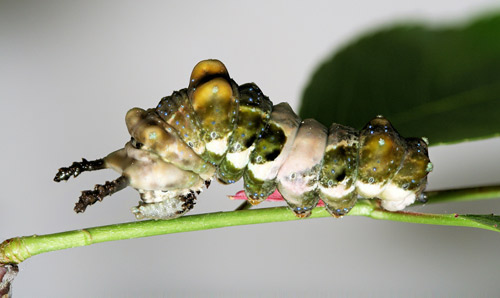
- red_spotted_purple04.jpg (35.9 KiB) Viewed 703 times
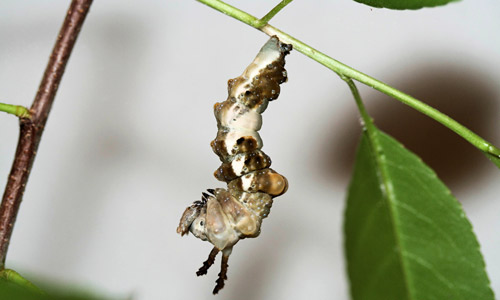
- red_spotted_purple05.jpg (32.26 KiB) Viewed 703 times
Re: Limenitis chrysalides (continuation)
Posted: Fri May 24, 2024 11:50 am
by Chuck
Surely, somebody must have studies and published on this hump. Right? It is rather obvious. I mean, we have people publishing on Tortricidae, and this is far more interesting.